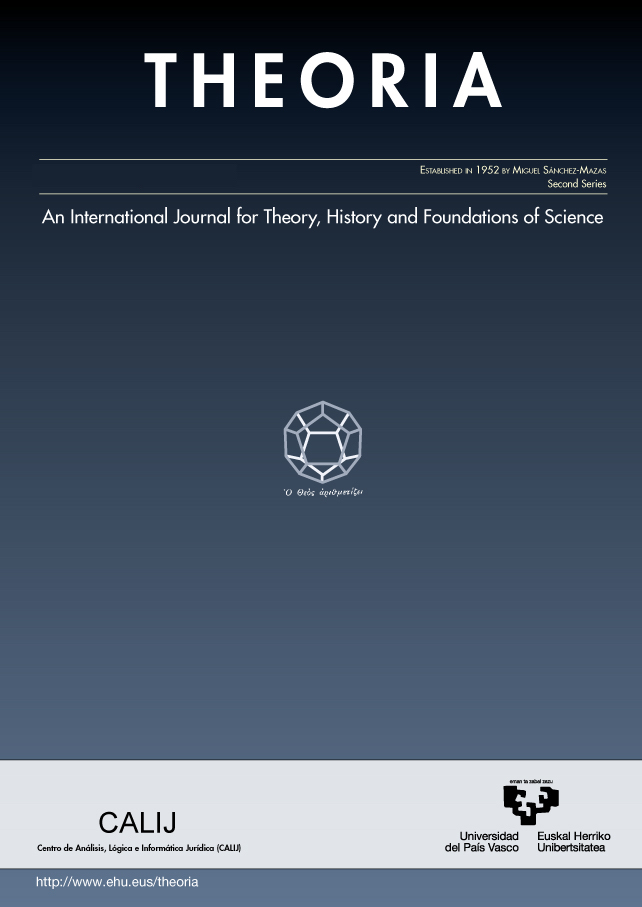Computational causal discovery: Advantages and assumptions
##plugins.themes.bootstrap3.article.main##
##plugins.themes.bootstrap3.article.sidebar##
Abstract
I would like to congratulate James Woodward for another landmark accomplishment, after publishing his Making things happen: A theory of causal explanation (Woodward, 2003). Making things happen gives an elegant interventionist theory for understanding explanation and causation. The new contribution (Woodward, 2022) relies on that theory and further makes a big step towards empirical inference of causal relations from non-experimental data. In this paper, I will focus on some of the emerging computational methods for finding causal relations from non-experimental data and attempt to complement Woodward's contribution with discussions on 1) how these methods are connected to the interventionist theory of causality, 2) how informative the output of the methods is, including whether they output directed causal graphs and how they deal with confounders (unmeasured common causes of two measured variables), and 3) the assumptions underlying the asymptotic correctness of the output of the methods about causal relations. Different causal discovery methods may rely on different aspects of the joint distribution of the data, and this discussion aims to provide a technical account of the assumptions.
How to Cite
##plugins.themes.bootstrap3.article.details##
causal direction, interventionist theory, linear, non-Gaussian causal model, confounders, faithfulness

This work is licensed under a Creative Commons Attribution-NonCommercial-NoDerivatives 4.0 International License.
Authors retain copyright and grant the journal right of first publication with the work simultaneously licensed under a Creative Commons License.

